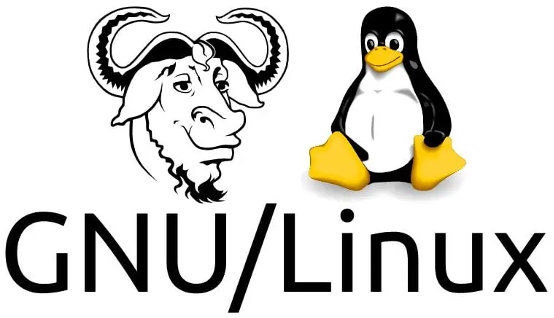Table of Contents
This series is designed to help people to understand modern technology, and become more confident in using computing devices. It is not designed to educate experts.
The author is involved in tutoring older students at SeniorNet, a New Zealand wide organisation. SeniorNet hopes that students will feel more confident in using their computing devices as a result of the learning opportunities offered. This series of articles shares that hope.
I’m well known for favouring Linux to run my computers. I prefer it over the offering from Microsoft on the grounds Linux is open source, doesn’t spy on me and is more secure, among other reasons. While I concur Windows has some advantages in some areas, for my use case it comes a very poor second. And Apple doesn’t do it for me either, with its locked down and expensive offerings.
When I talk about Linux, sometimes people will suggest it should be called Gnu/Linux, and they justify this by telling me that Linux is just the kernel, and the whole thing is made up of both the kernel and various core utilities and other parts. Many of these core utilities and other parts were designed for the Unix operating system originally, but this was proprietary code owned by Unix. Many of these utilities, and other code, were rewritten by Richard Stallman, and others, so the functions from Unix could be mimicked without infringing on the original proprietary code.
Because of this work, some of those people (particularly Mr Stallman) feel that the Linux operating system name should reference this work, hence Gnu/Linux.

The counter to this argument is that the Gnu part of Linux is not the only collaborative part of the operating system. There are many other parts that have been developed by a great many people over the years. Desktops, user programs, an init (initialisation) system, a boot manager, a shell etc. So instead of trying to cram all these into what would quickly become an unwieldy name, it just gets called Linux after the kernel. It could easily have been named something else that doesn’t reference one of its parts. For example, it could have been named Nus (Not Unix System) or Butterfly Operating System (because someone liked butterflies).
Linux was originally named Freax by Linus Torvalds, the author of the first kernel, but the administrator of the server Torvalds used to distribute the original code named his directory “Linux” after a combination of Torvalds’ first name and the word Unix, and the name stuck. So Torvalds didn’t name Linux after himself: someone else did. Of such small things is history made.
Unfortunately the Linux system, because of its collaborative nature, doesn’t have a dictator to run it. It’s more run by a committee, and everyone has a voice. Because of this some people want to push their own views instead of putting their energies into improving the overall system. The freedoms enshrined within the Linux system (and here kudos must be given to Richard Stallman for his developing one of the earliest freedom-enshrining licences) by its licence means this freedom comes with a cost: that people can, and do, get to push their own point of view.
Fortunately, most people just get on and use the tools provided by Linux. This operating system is so flexible and cost-effective it runs everything from smart light bulbs to nuclear submarines and rovers trundling around Mars. So while we should acknowledge the work of many thousands, let’s not get hung up on naming conventions.
This of course is only my take on this subject. Others will have another opinion, and that’s OK with me. As I’ve said, it’s part of the freedom that’s baked into free and open-source software.
That’s the Gnu’s for today.









